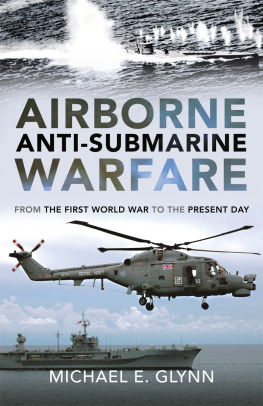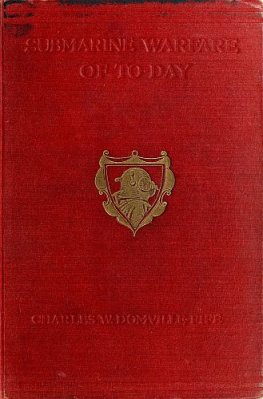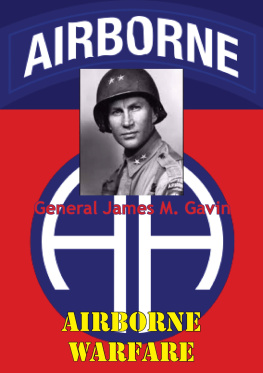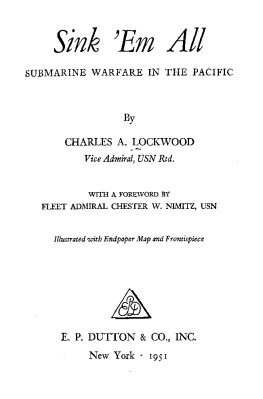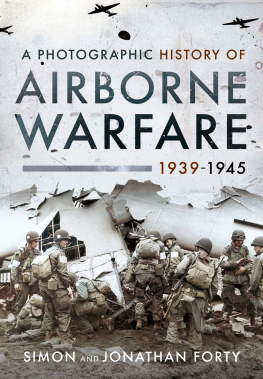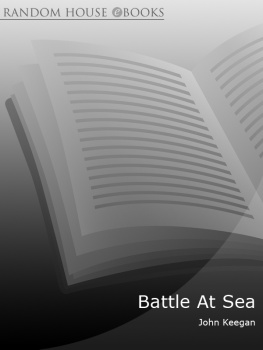Pagebreaks of the print version

Airborne Anti-Submarine
Warfare
Airborne Anti-Submarine Warfare
From the First World War to the Present Day
Michael E. Glynn
First published in Great Britain in 2022 by
Frontline Books
An imprint of
Pen & Sword Books Ltd
Yorkshire Philadelphia
Copyright Michael E. Glynn 2021
ISBN 978 1 39909 273 9
eISBN 978 1 39909 274 6
mobi ISBN 978 1 39909 274 6
The right of Michael E. Glynn to be identified as Author of this work has been asserted by him in accordance with the Copyright, Designs and Patents Act 1988.
A CIP catalogue record for this book is available from the British Library.
All rights reserved. No part of this book may be reproduced or transmitted in any form or by any means, electronic or mechanical including photocopying, recording or by any information storage and retrieval system, without permission from the Publisher in writing.
Pen & Sword Books Limited incorporates the imprints of Atlas, Archaeology, Aviation, Discovery, Family History, Fiction, History, Maritime, Military, Military Classics, Politics, Select, Transport, True Crime, Air World, Frontline Publishing, Leo Cooper, Remember When, Seaforth Publishing, The Praetorian Press, Wharncliffe Local History, Wharncliffe Transport, Wharncliffe True Crime and White Owl.
For a complete list of Pen & Sword titles please contact
PEN & SWORD BOOKS LIMITED
47 Church Street, Barnsley, South Yorkshire, S70 2AS, England
E-mail:
Website: www.pen-and-sword.co.uk
Or
PEN AND SWORD BOOKS
1950 Lawrence Rd, Havertown, PA 19083, USA
E-mail:
Website: www.penandswordbooks.com
List of Illustrations
Introduction
A s a young anti-submarine warfare (ASW) pilot, I tried as best I could to immerse myself in the world of submarine hunting. The topic seemed at first to me to be equal parts hard science, an art developed from plenty of practice, and a set of aphorisms and rules passed down from aviator to aviator about what worked and what didnt while an aircrew was on station.
As I learned more and practiced in the air, I found myself growing increasingly frustrated. I found myself asking questions about why a certain tactic was employed or why certain systems on the airplane developed. The tactics manuals were simply instructions, more cookbooks than explanations. Doctrinal publications were no better. They made it clear how the U.S. Navy as a whole faced off against a submarine threat, but they did not explain how the service had done so in the past or why the airborne ASW community had evolved the way it had.
New assignments came, and with them came new perspectives. Why did the British Royal Air Force (RAF) ASW aviators fly tactics differently that the Americans? Why had their aircraft and sensors developed differently than ours? I wondered.
During an assignment helping to develop tactical decision aid software, I was forced to immerse myself in academic works on operations analysis and oceanography. This job proved itself a tipping point. Having flown in the military for nearly a decade, I felt as though I was just starting to systematically understand airborne ASW and the fundamental relationships between the strengths and weaknesses of the airplane and submarine.
This realization was maddening. The topics might have been a bit arcane, but they were all easily grasped with a bit of attention. An aviator did not need a PhD in mathematics to understand operations analysis and did not need a masters degree in oceanography to understand the science behind submarine hunting. Reading about the holistic history of ASW gave insight into why the weapons and sensors had evolved the way they had. This was information I wished I had had a decade before. It would have made the process of learning to be a productive member of an ASW aircrew much easier and much more satisfying.
In my final flying assignment, I was sent to teach at an advanced jet training squadron. Since the instructor pilots ready room was overwhelmingly filled with strike fighter pilots, I picked up a copy of Robert L. Shaws

